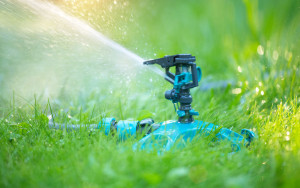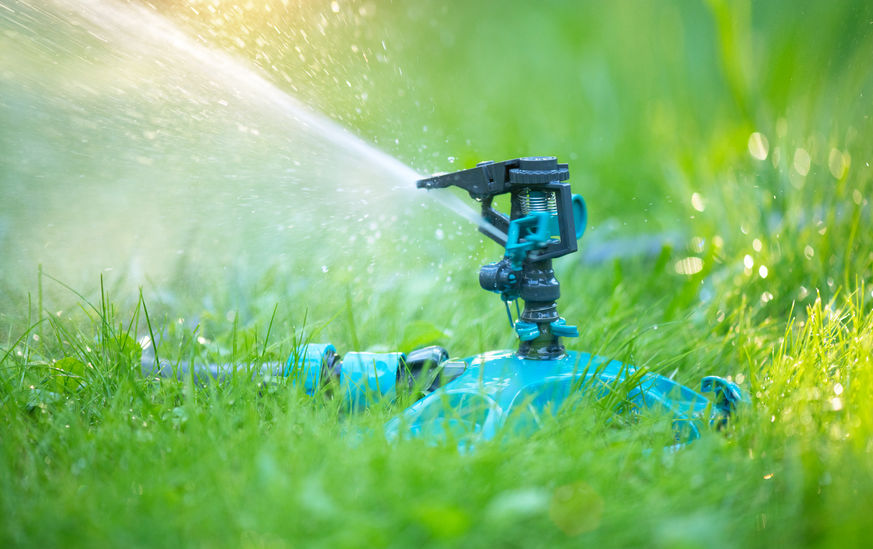 The most damaging practice that many homeowners can do to their lawns is over-watering. It may seem silly, but over-watering actually keeps the roots of your grass in the top few inches of the soil, reducing the ability of your lawn to tolerate stress. Healthy turf has deep roots, and you can train roots to grow more deeply. Over-watering also makes your lawn at risk of developing fungus, mold, and rot. A good-quality lawn will be able to survive drought with little to no supplemental irrigation.
The most damaging practice that many homeowners can do to their lawns is over-watering. It may seem silly, but over-watering actually keeps the roots of your grass in the top few inches of the soil, reducing the ability of your lawn to tolerate stress. Healthy turf has deep roots, and you can train roots to grow more deeply. Over-watering also makes your lawn at risk of developing fungus, mold, and rot. A good-quality lawn will be able to survive drought with little to no supplemental irrigation.
Here are some tips on how to avoid over-watering your lawn:
- Pay attention to your lawn. Grass that needs watering will show one of three signs of lawn thirst: folded leaf blades, a blue-gray color, and/or visible footprints in the grass (the grass is not springing back).
- Go longer between watering the lawn. Watering your lawn less often encourages the roots of your grass to grow deeper into the soil. Deep roots equip turf to survive stress such as drought and traffic. The frequency of watering your lawn depends on the season, soil type, amount of shade, and other factors. Generally, during times of active growth in the spring, summer, and fall, lawns typically need watering once or twice per week. In the winter, you will want to back off watering, probably to no more than once a week and maybe even every two to three weeks, depending on the weather. Keep in mind that your lawn also receives rainfall, which will influence how often you need to water it. Be sure to check for any local ordinances for water restrictions.
- Apply the correct amount of water during each irrigation session. In Florida, the proper amount of water is half an inch to three-quarters of an inch of water, which should be applied each time you water your lawn. Lawns with more sandy soils may need the higher end of that range, while heavier clay soils probably only need the lower end. Do not water the grass to the point where there is excess water that your lawn cannot absorb (this is also called runoff). The time needed for water to soak into the turf to the best depth will vary because of differences in irrigation systems.
- Be sure to check the forecast – is rain expected in the next 24 hours? If so, then you do not need to water your lawn at all. Just wait for the rain! Keep track of how much rainfall is received at your home with a simple rain gauge, so you know exactly how much water is needed. Record the dates and rainfall amounts somewhere where you can periodically check, so you can determine the best timing for applying water to your lawn.
- Check your sprinkler system. To determine how long you need to run your sprinklers for each irrigation session, you can conduct a simple test right there in your yard. Place straight-sided cans like coffee cans or tuna cans around the perimeter of your irrigation zone and see how long it takes for the cans to fill with half an inch to three-quarters of an inch of water. Also frequently check your rain sensors to be sure they are functioning correctly.
- Irrigate early in the morning, usually between 3-9 am. Irrigating first thing in the morning allows the leaf blades of your grass to fully dry out over the course of the day. If you irrigate in the late afternoon or evening, the blades will stay wet overnight, making your lawn more susceptible to disease.
Check out our website for more tips on caring for your lawn. Need help? Contact the experts at Bayside Sod for more tips and tricks to keep your lawn looking fresh and healthy.


